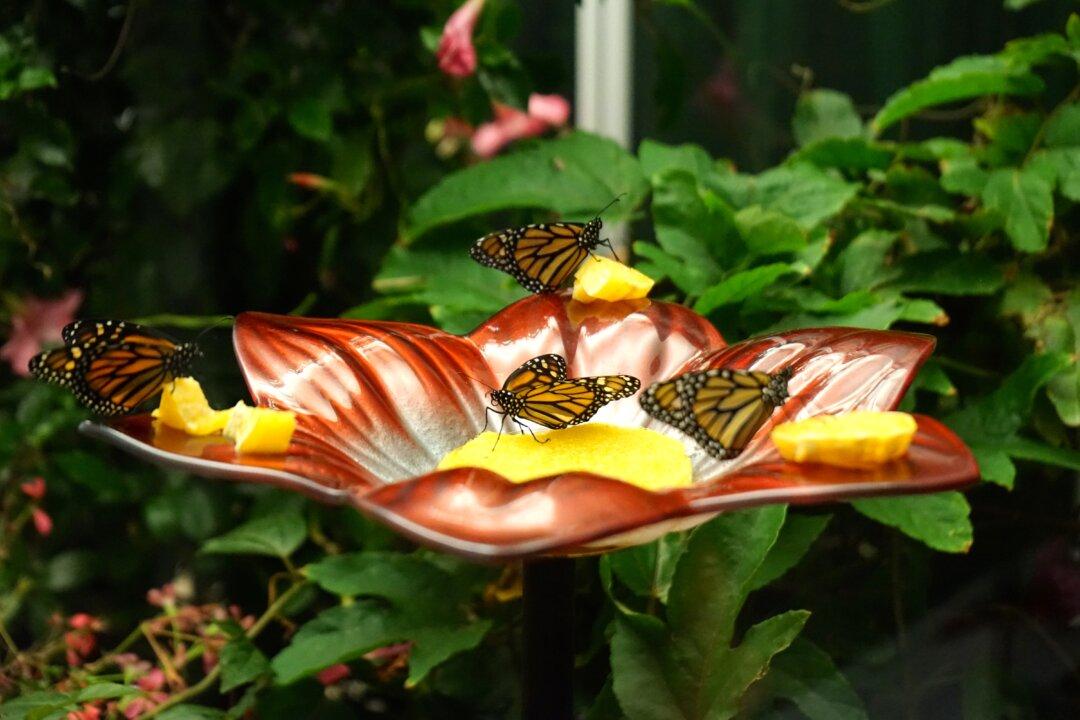The Canadian Museum of Nature’s current exhibit “Bugs: Outside the Box” evokes childhood memories of collecting grasshoppers in a jar and punching holes in the lid so they can breathe.
Upon entering, there are 16 giant sculptures of various insects that reveal details about their bodies that are not easy to see in real life. For instance, one shows a butterfly’s curled-up tongue resting outside its mouth, ready to strike out and catch dinner.
There are six terrariums containing some of the world’s largest and most interesting species of insects, such as the Malaysian jungle nymph. Clinging to the side of the glass, it is at least 20 cm long. Her male counterpart is next door in a separate terrarium. He is brown, stick-like, and half the size of the female.
You can watch an elephant beetle chomping on an orange section, and see monarch butterflies flitting around their larger terrarium or eating a piece of orange.
Then there are the many trays of preserved insects that are part of the museum’s collection. About 2,000 were brought out for the exhibition. Here, the bugs are divided into species, with a large array of different colours and sizes to each.
Bob Anderson, an entomologist and research scientist at the museum, talks about why we are so interested in the insects we share the planet with.
“I just think that they’re the commonest little tiny animals that are on earth and we’re just fascinated with them because they’re around, they seem to be doing all sorts of things, yet they’re so small and they have complicated behaviours,” Anderson said in an interview.
“They’re everywhere, they do just about everything collectively, they feed on just about anything you can imagine, and probably at some point everything feeds on them. So they’re a critical part of the food chain.”





